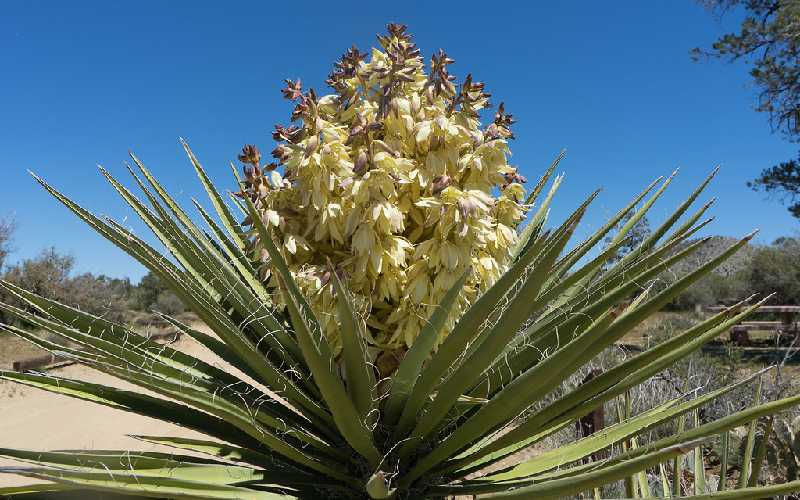Chameleons are some of the most popular, iconic and interesting lizards to keep. Coming from original habitats like rainforests or deserts, they are used to climbing on trees and hiding within.
When kept as a pet, their vivarium is going to be their home. Just like you like your home to keep you safe and comfortable, the same can be said for these lizards. That’s why their vivarium must attempt to replicate their original habitats of the rainforest or desert, which includes:
- Heat
- Lighting
- Humidity
- Plantation
We’ve got many posts on how to best set up your vivarium. [include link] But when arriving at what plants to include in your enclosure you may be wary as to which ones are safe for your chameleon.
Before we decide which ones to include, it is first important to understand why plants are useful in an enclosure. Chameleon’s drink their water through water droplets that fall from leaves. These plants help to facilitate that as well as keep the humidity high within the enclosure. The added benefit is Chameleons naturally like to hide, just as in their natural habitat, and plants with large leaves help them to do this.
Which plants should I NOT get?
When in the wild, but also when in an enclosure, chameleons like to chew on any leaves that they can get their claws on. It is super important to check whether the plants you’re putting into the vivarium are toxic or not.
To ensure the safety of your lizard, disinfect anything that you are going to put in the vivarium. This includes plants, that should be checked for any pesticides or other toxins. Always check the labels! If in doubt, get your plants from a reputable reptile centre where you can get more information.
What about artificial plants?
Artificial plants will make your life much easier – you don’t have to worry about harmful pesticides nor do you have to think about replacing them, repairing them or buying new ones. They are even great for your chameleon to travel across on due to their sizeable strength.
However, whilst they may be easier for you – your chameleon will have a much better time with live plants. This isn’t only due to their ability to help keep humidity levels high, but also help clean the air of the vivarium. Both of these factors will keep your reptile happy, comfortable and most importantly, healthy.
As mentioned earlier, Chameleons love to chew on plant leaves. It is then obvious enough to know that you can’t eat or chew on fake leaves without causing some harm.
To conclude, artificial plants are great for the aesthetics, structure, and ease of maintenance with your vivarium. However, nothing beats a live plant for its added health benefits.
What plants can you put in a Chameleon enclosure?
When it comes to the best plants to include in a chameleons vivarium, anything that has large leaves, strong wood or is great for humidity will work well.
Yucca
Pros:
- Great resistance
- Endure high temperatures
- Thick foliage
- Safe to eat
Cons:
- Spiky
- Leaves can be too big
Weeping Fig
Pros:
- Strong
- Easy to grow
Cons:
- Sap can become irritating to lizards
- Don’t like being moved
- Can’t get too dry
Rubber Tree
Pros:
- Large green foliage
- Strong stalk
Cons:
- Sap can be toxic
- It’s a tree so can grow large in size
Golden Pathos
Pros:
- Produces great vines
- Thrives in most lighting conditions
- Adaptable
Cons:
- If the soil becomes too dry it can droop
- Needs sufficient drainage to thrive
Overall, as long as you include a non-toxic plant that hasn’t been exposed to any pesticides or toxins, then your chameleon will be happy – as long as you keep an eye on the plant and your reptile’s health. Regular maintenance of live plants will be needed, however, are more beneficial than using fake plants.
If you enjoyed this article you might also like to read about What do Chameleons eat? and Chameleon Vivarium Setup


2 thoughts on “Chameleon Safe Plants”